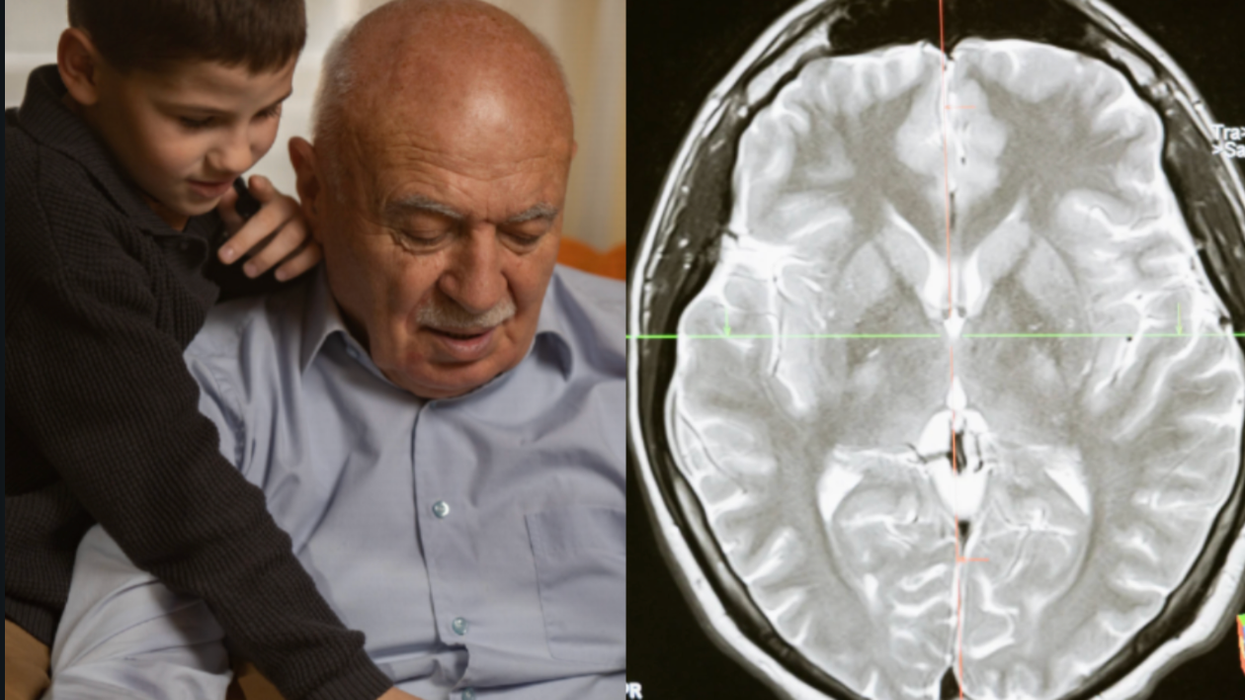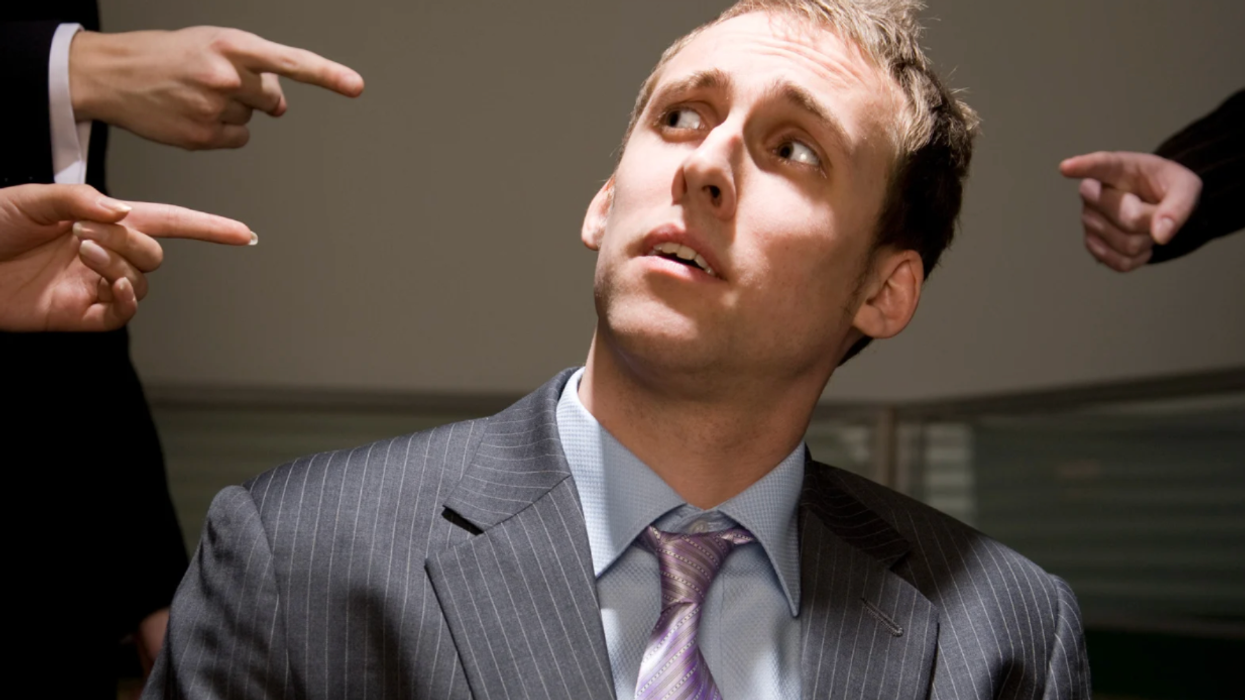Before there was Colin Kaepernick, before #BlackLivesMatter and #MarchForOurLives, there were the “Black 14.”
Directed by filmmaker Darius Clark Monroe and executive produced by Spike Lee, a new 14-minute documentary short film tells the story of what happened when a group of college athletes decided to protest a long-standing racial injustice.
Using only archival media footage from 1969, Monroe wanted to allow the people who were there to be able to tell the story on their own terms. His goal was to create a conversation around the power structures in place that have allowed injustice to persist nearly 50 years later.
14 young black men emerged as unsung civil rights heroes after facing racial slurs a year earlier during a Brigham Young University football matchup. The student-athletes planned to present a proposal to University of Wyoming’s head football coach Lloyd Eaton to wear black armbands that read “Black 14” to protest the racist treatment and policies associated with BYU during an upcoming game with them.
Instead, the players were dismissed from the team altogether.
“They weren’t valued as humans,” Monroe says, “just for asking the question.”
Under coach Eaton, Wyoming had won three consecutive Western Athletic Conference championships in the three previous years. In the film, he expresses his dismay over losing some of his best players because of his decision to fire them.
[quote position="full" is_quote="true"]It’s not the responsibility of black people to talk about this. It’s on all of us.[/quote]
Student-led protests over the athletes’ dismissal captured the attention of national media, but as in Kaepernick’s case, a number of people were still missing the larger implications of the Black 14 being silenced by the university with the support of the state government. Some fans even arrived with “Eaton” armbands to show their support for the status quo.
It’s what Monroe calls “willful ignorance.”
“I don’t believe people when they say they’re confused,” he says of Kaepernick and other athletes’ calls to action for change. “These are basic human rights — life, liberty. It’s not the responsibility of black people to talk about this. It’s on all of us.”
In one of the particularly chilling 1969-meets-2018 moments in the film, an ABC reporter remarks to Guillermo “Willie” Hysaw, the leader of the Black 14, that coach Eaton thinks the young athletes were “put up to this” by someone else.
Hysaw, who calmly replied that the comment was “typical” at the time, says he remembers wanting so badly to understand Eaton’s motivations for abruptly kicking them off the team without any notice or the authority to do so. He and his teammates couldn’t understand what made their right to a peaceful protest any different from those expressed by other athletes at the time.
“Putting things in perspective, the ‘60s era was a time of social change, but it wasn’t just in communities,” Hysaw told WNYC in a recent interview. “It was in sports: Billie Jean King, Kareem Abdul-Jabbar and Bill Walton and Jim Brown … the defeatist feeling resulted from the fact that the coach in his monologue started out saying, ‘Most of you come from split homes and broken families and don’t even know who your fathers are. By wearing those black armbands, you would be defying me.’”
Eaton resigned the following year after a losing season, and Hysaw never got the opportunity to learn how the coach made the decision that would affect his life forever. He never played football again.
As for Monroe, he’s urging us to watch the film without prejudgment in his attempt to reveal the truth, without a reshaping or retelling of history through narration or commentary.
“We’ve been walking around asleep for too long,” he says. “Are we going to exist in fear or rise up against the bullshit?”
You can watch the film here.







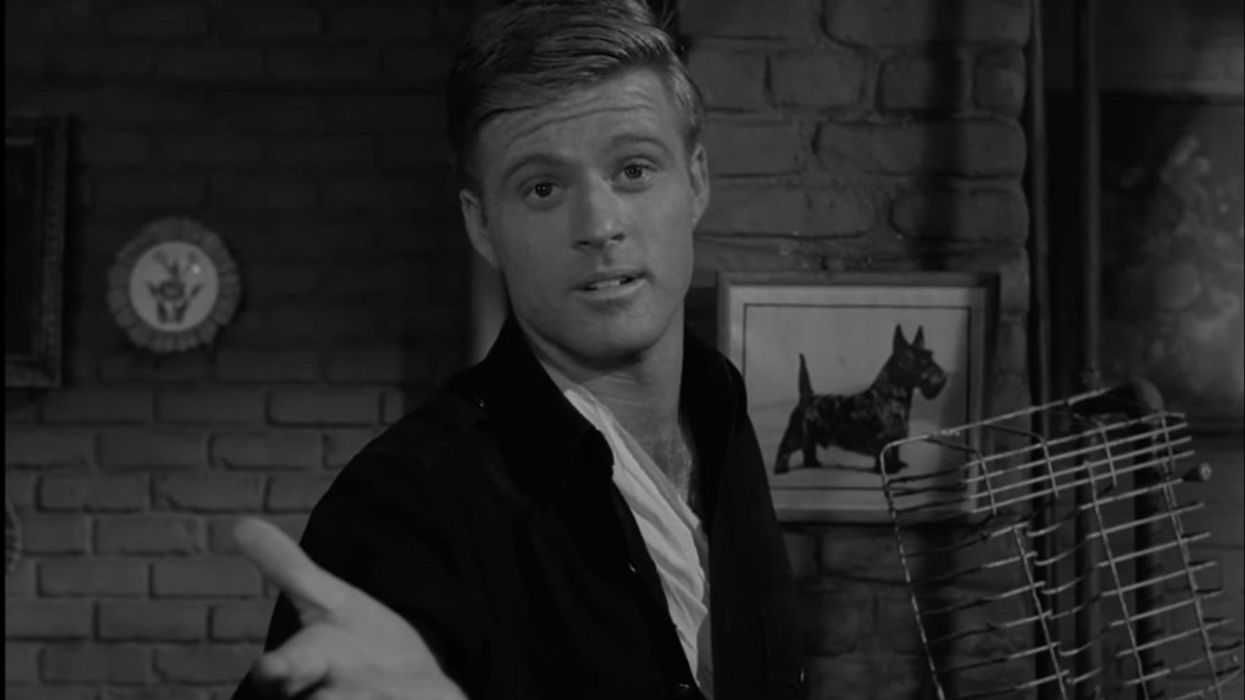
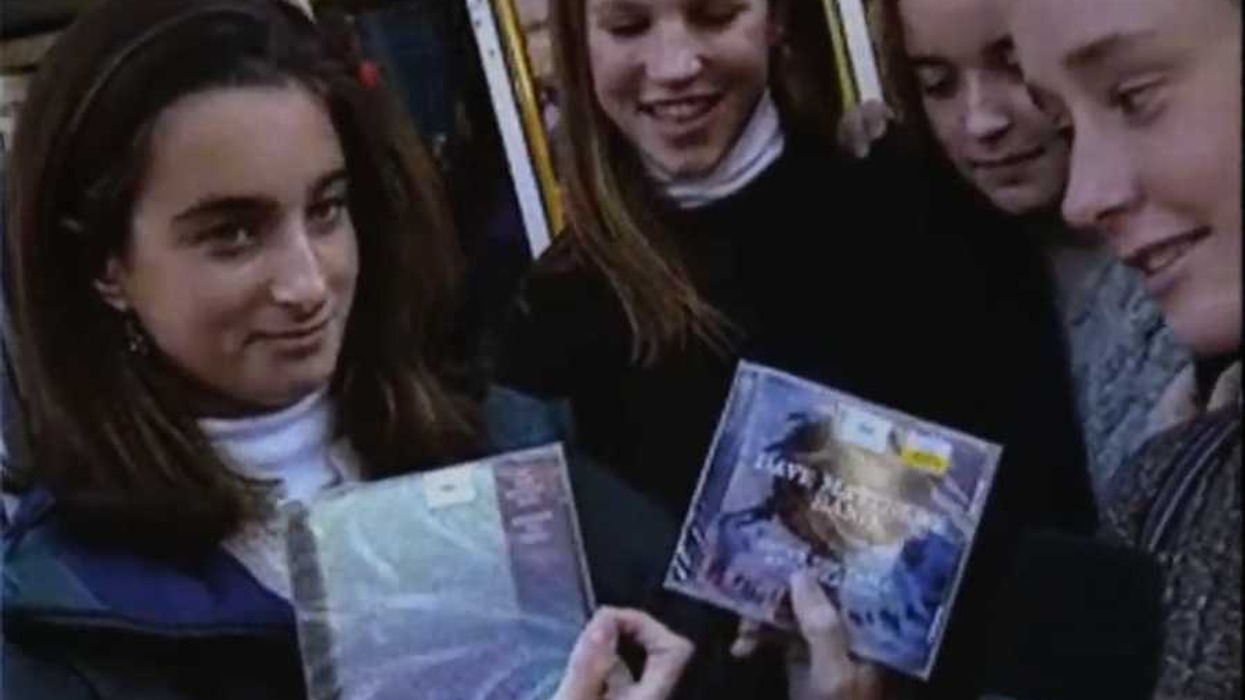
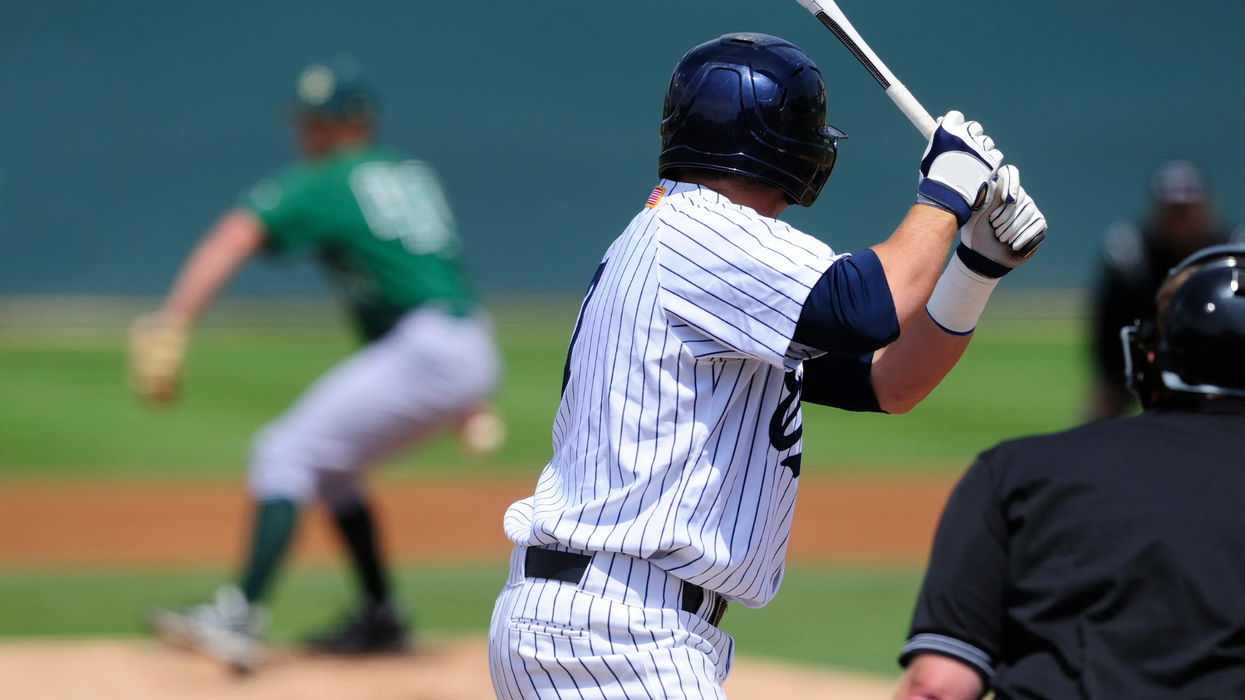


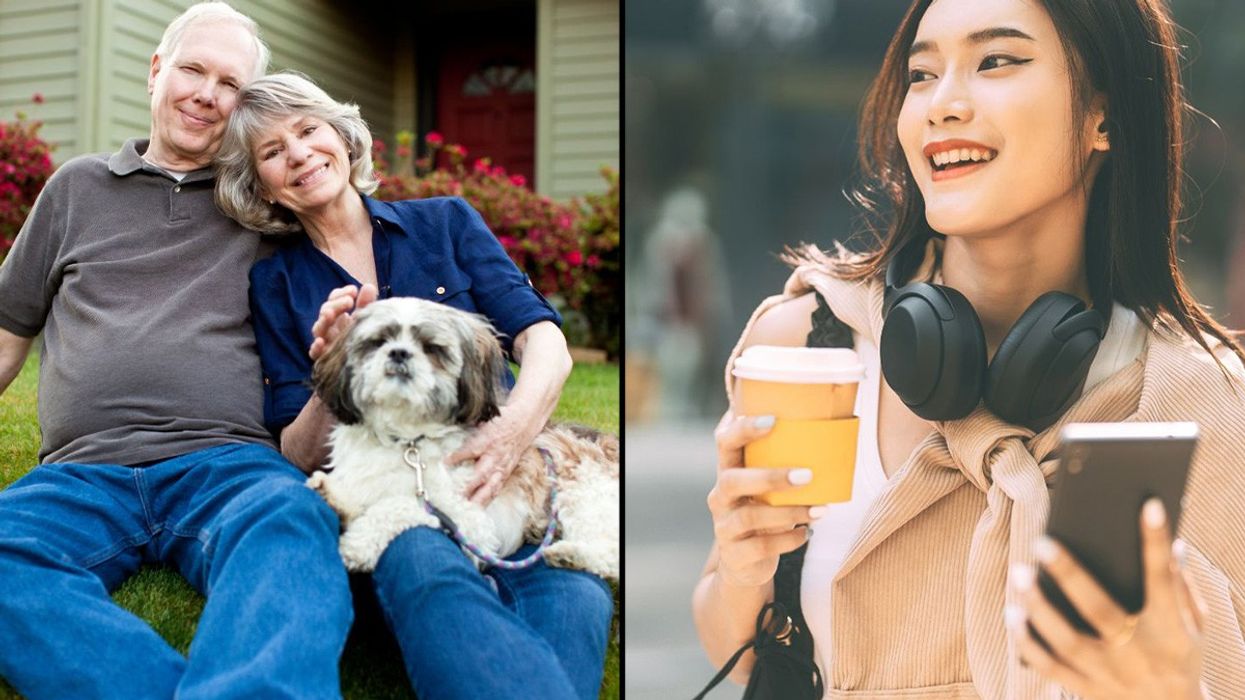
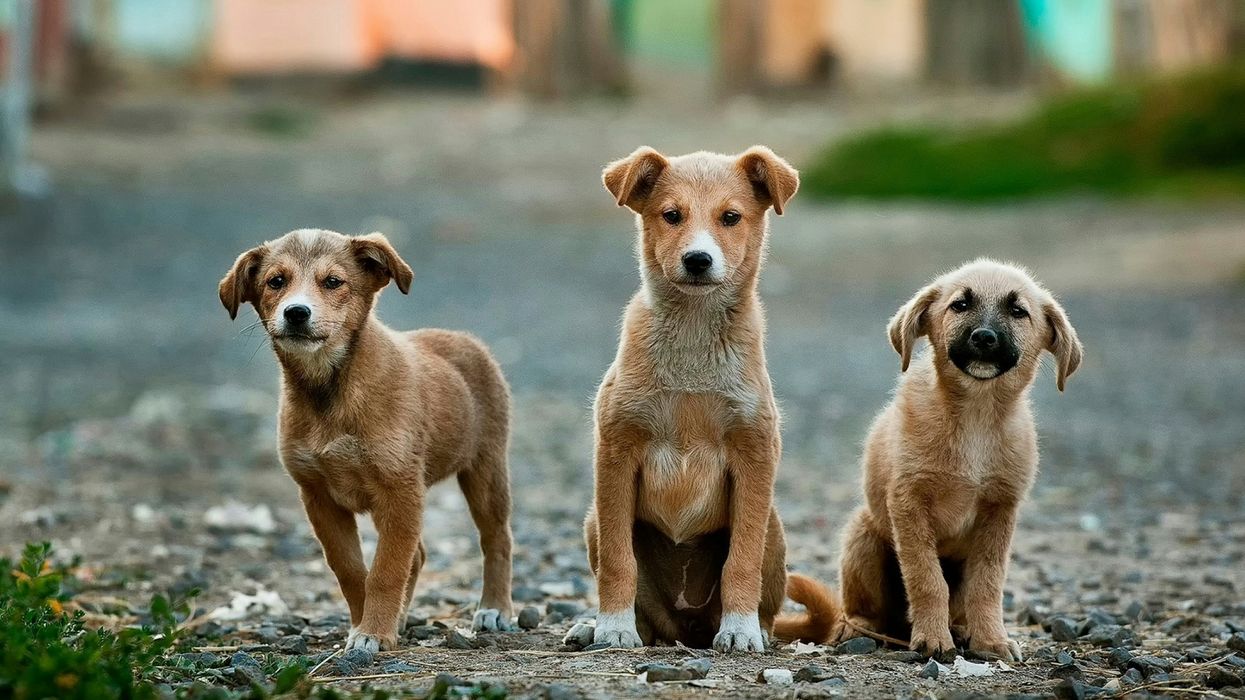
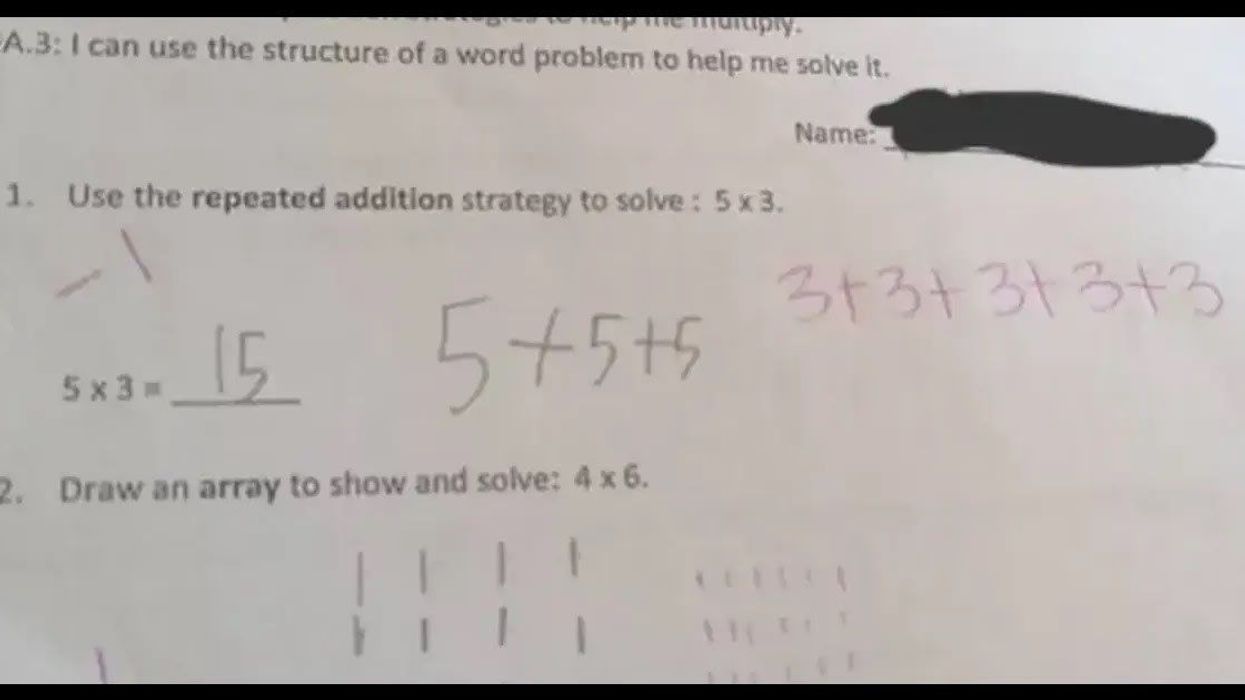

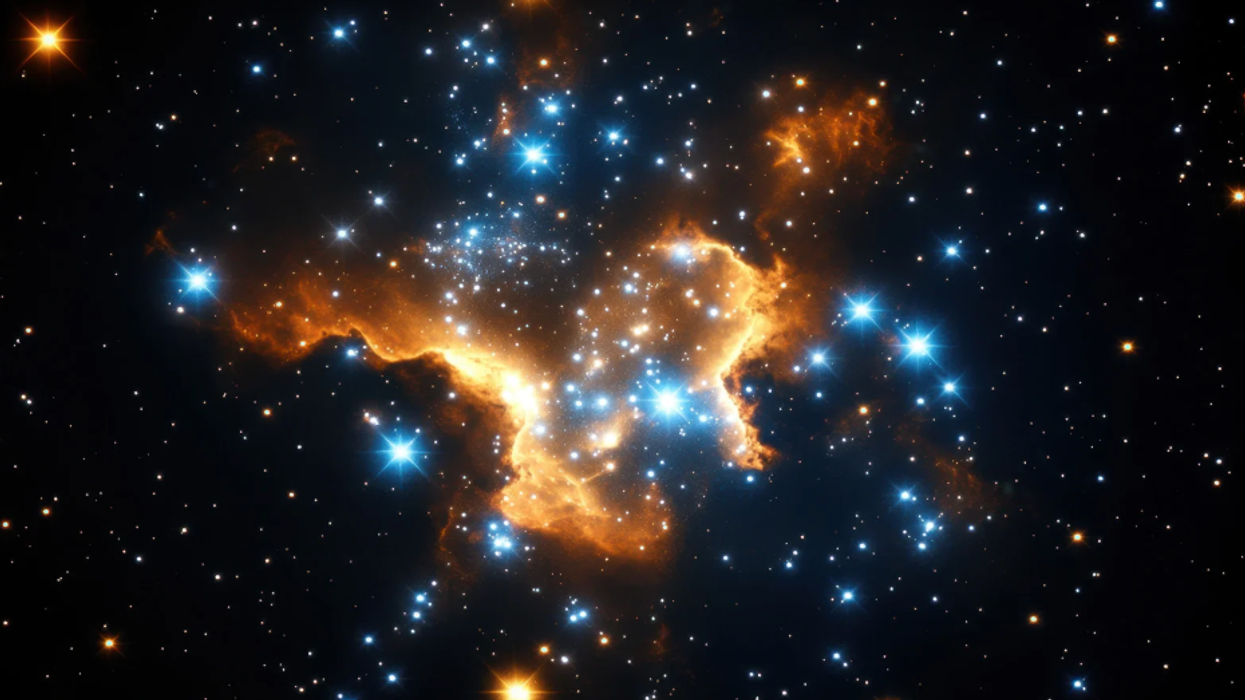
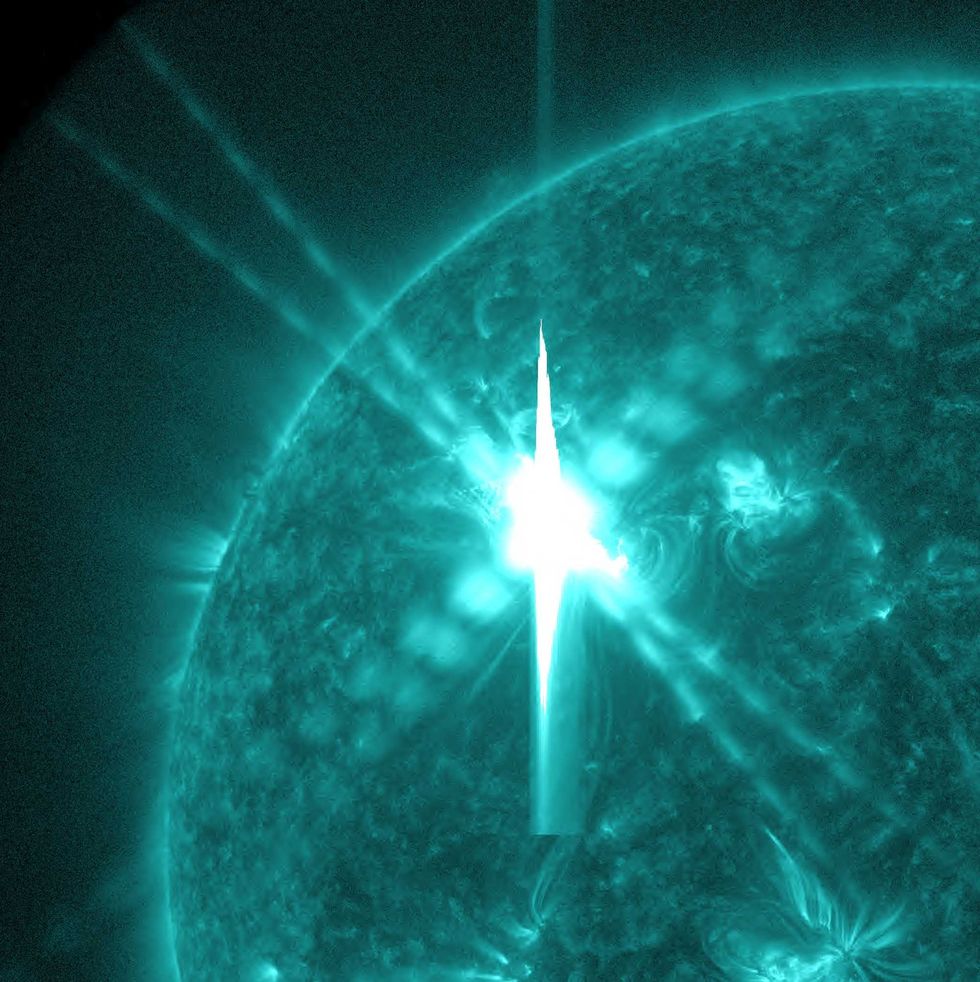 Image artifacts (diffraction spikes and vertical streaks) appearing in a CCD image of a major solar flare due to the excess incident radiation
Image artifacts (diffraction spikes and vertical streaks) appearing in a CCD image of a major solar flare due to the excess incident radiation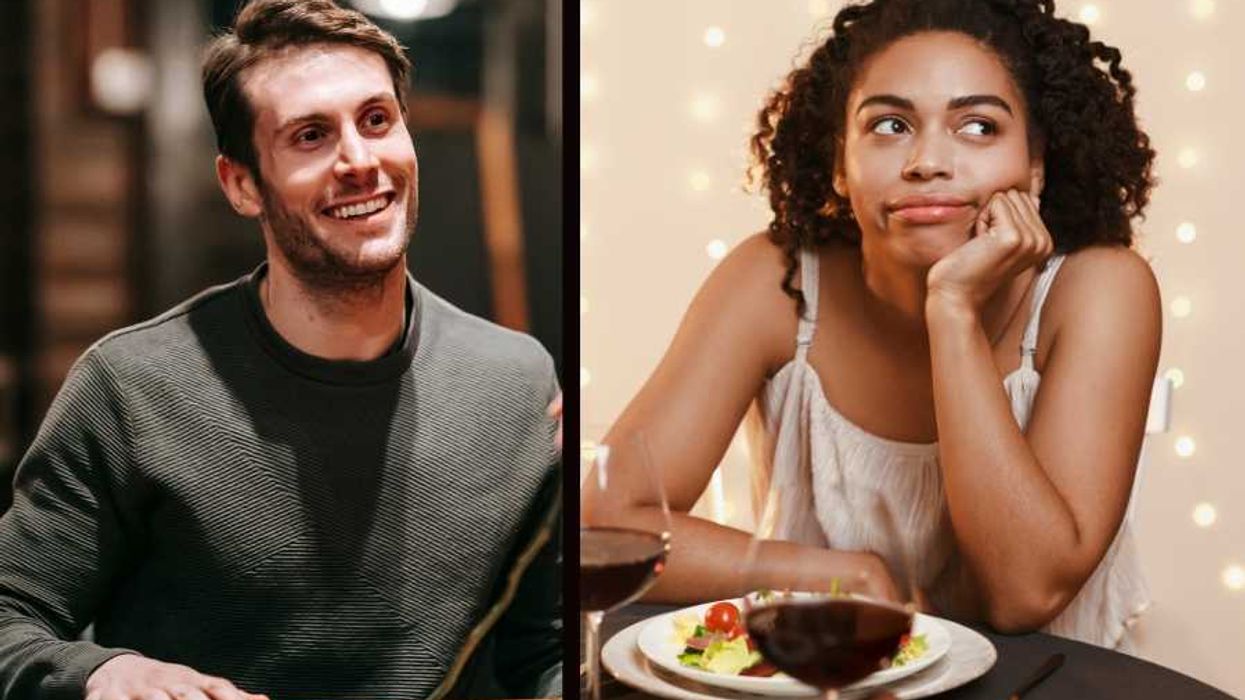

 Ladder leads out of darkness.Photo credit
Ladder leads out of darkness.Photo credit 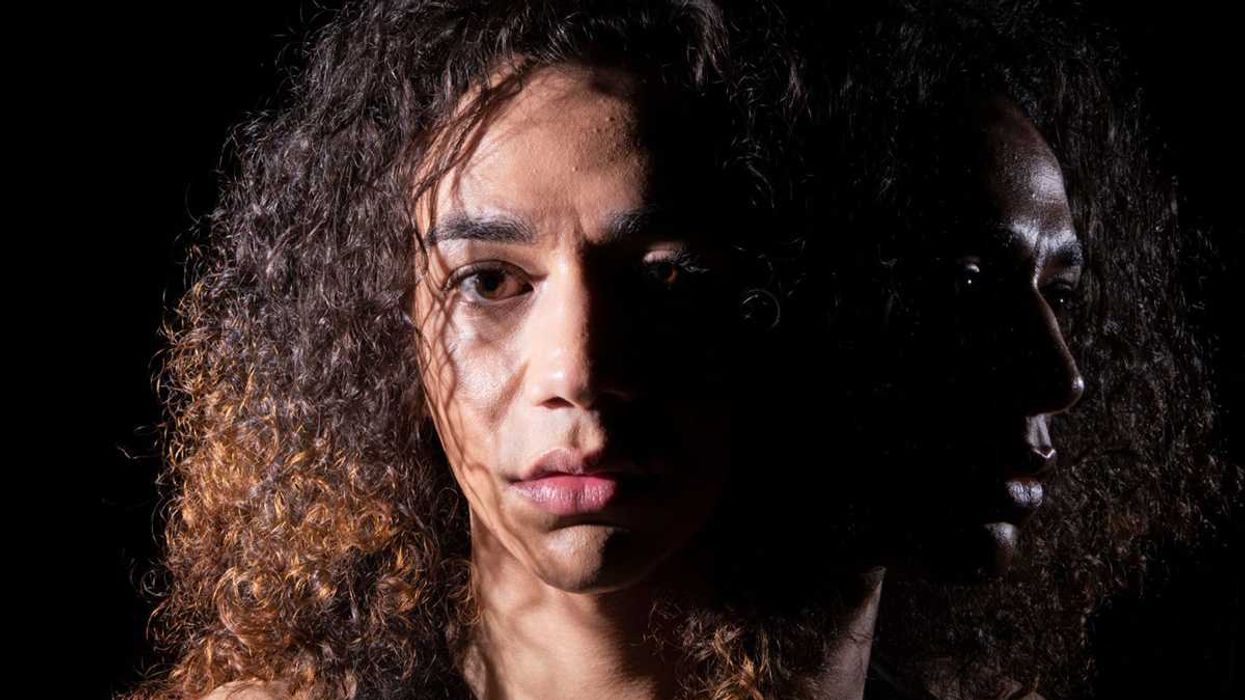 Woman's reflection in shadow.Photo credit
Woman's reflection in shadow.Photo credit  Young woman frazzled.Photo credit
Young woman frazzled.Photo credit 
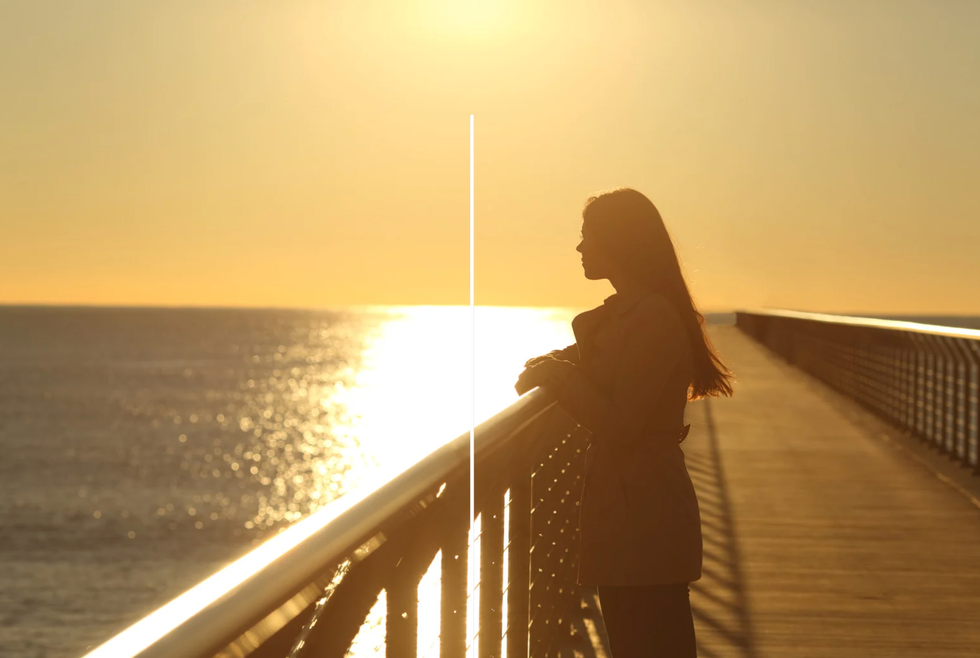 A woman looks out on the waterCanva
A woman looks out on the waterCanva A couple sits in uncomfortable silenceCanva
A couple sits in uncomfortable silenceCanva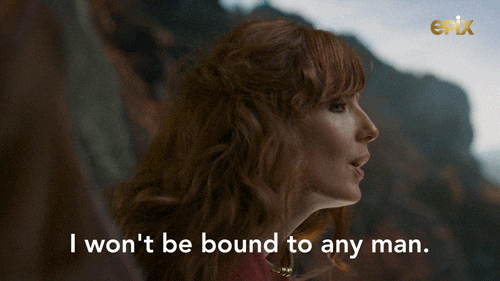 Gif of woman saying "I won't be bound to any man." via
Gif of woman saying "I won't be bound to any man." via  Woman working late at nightCanva
Woman working late at nightCanva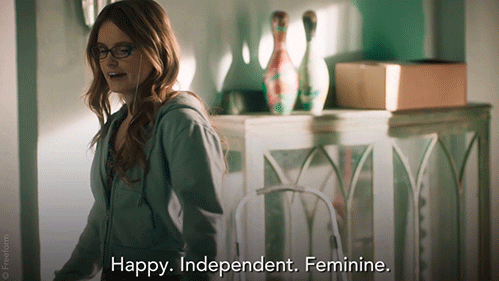 Gif of woman saying "Happy. Independent. Feminine." via
Gif of woman saying "Happy. Independent. Feminine." via 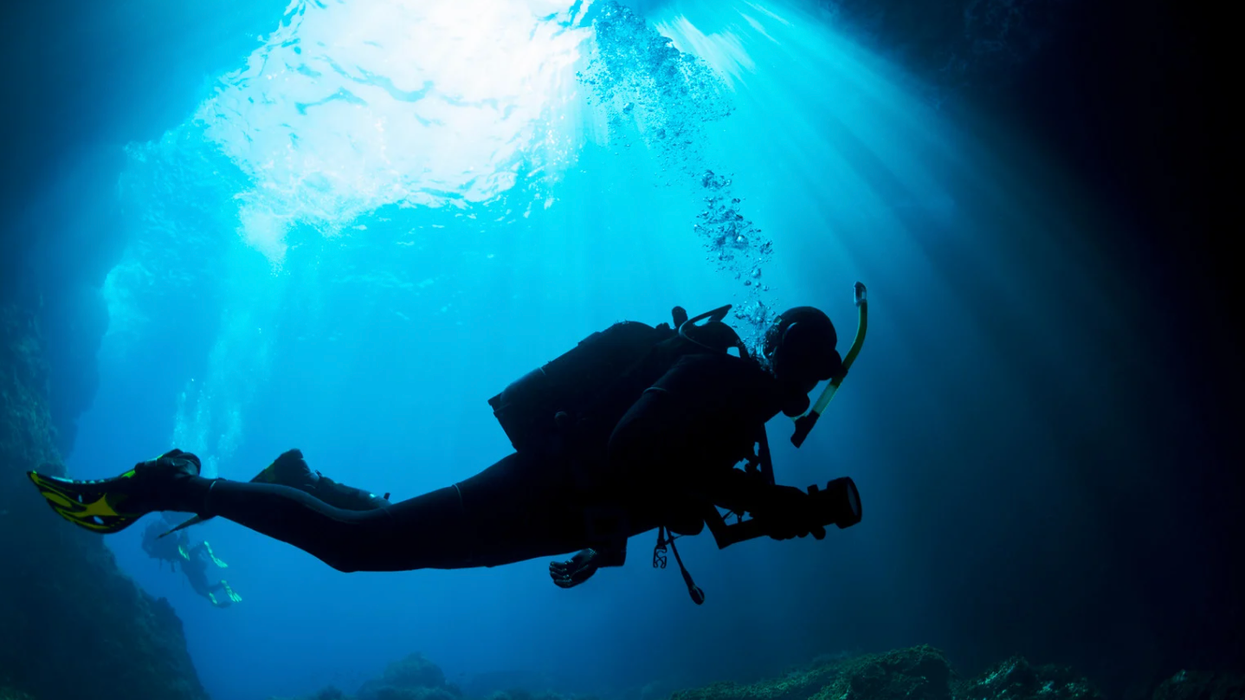
 Yonaguni Monument, as seen from the south of the formation.
Yonaguni Monument, as seen from the south of the formation. 